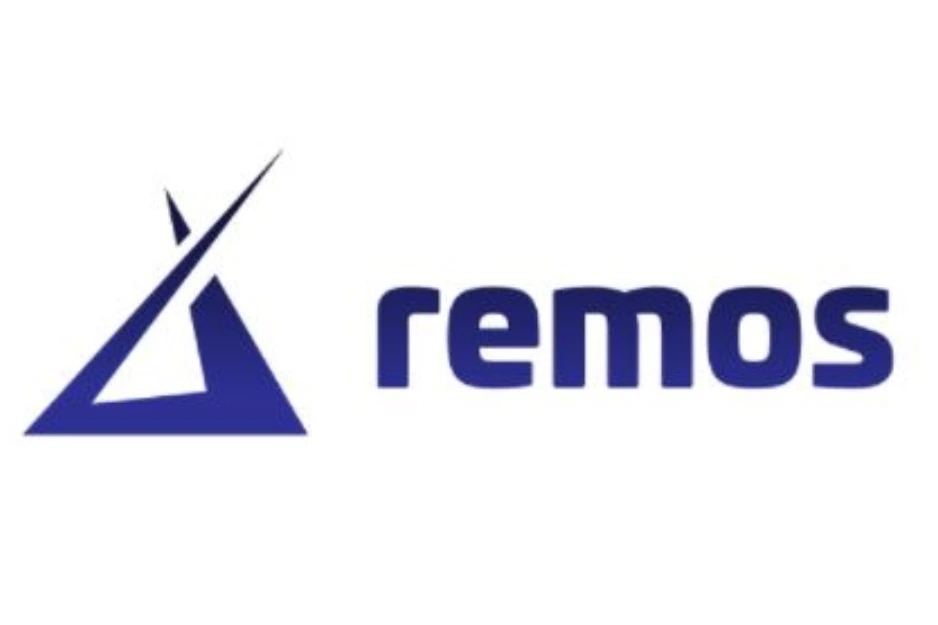As the satellite industry continues its exponential growth, the satellite ground station market is poised for remarkable transformations in 2025 and beyond. With increasing reliance on satellite technology for communication, Earth observation, navigation, and defense, the demand for advanced ground station infrastructure is rising. Emerging technologies, evolving user requirements, and the changing dynamics of global markets are shaping the trajectory of this vital sector. Here’s a detailed look at the trends, innovations, and challenges that will define the satellite ground station market in the years ahead, along with an overview of Remos Space Systems‘ pivotal role in this domain.
Key Drivers of Growth in the Satellite Ground Station Market
- Proliferation of Satellite Constellations: The surge in low Earth orbit (LEO) satellite constellations from companies like SpaceX, OneWeb, and Amazon is driving the need for globally distributed ground station networks. These constellations require frequent communication with Earth-based infrastructure for telemetry, tracking, and control (TT&C), as well as for data downlink and uplink services.
- Demand for High-Speed Connectivity: As businesses and governments increasingly adopt satellite-based broadband solutions, the demand for ground stations capable of handling high throughput and low latency data is growing. Ground stations equipped with advanced antennas and processing systems will be pivotal in meeting these demands.
- Dual-Use Technologies: The integration of commercial and defense applications, often referred to as dual-use technologies, is spurring investments in ground station capabilities. This trend is particularly prominent in regions like Europe, where the focus on dual-use applications is enhancing the resilience and utility of satellite infrastructure.
- Automation and AI Integration: Automation and artificial intelligence (AI) are revolutionizing ground station operations. AI-powered systems enable predictive maintenance, optimized scheduling, and real-time anomaly detection, reducing costs and improving reliability.
Technological Innovations Shaping the Future
- Cloud-Based Ground Stations: Cloud computing transforms ground station operations by enabling virtualized, scalable, and on-demand access to satellite data. Cloud-based solutions eliminate the need for costly physical infrastructure, making satellite data accessible to a broader range of users and applications.
- Interoperability and Standardization: As the market matures, there is an increasing push for interoperability among ground stations. Standardized protocols and interfaces are crucial for seamless communication between diverse satellite networks and ground infrastructure.
- Phased-Array Antennas: Phased-array technology is becoming a game-changer for ground stations, offering flexibility and efficiency in satellite tracking. Unlike traditional parabolic dishes, phased-array antennas can track multiple satellites simultaneously, making them ideal for LEO constellations.
- Quantum Communication: Ground stations equipped for quantum communication are emerging as a critical component of secure satellite communication networks. Quantum key distribution (QKD) ensures unparalleled security for data transmission, particularly for defense and government applications.
Challenges in the Market
- Spectrum Allocation: The increasing number of satellites is intensifying competition for radio frequency spectrum. Efficient spectrum allocation and management are critical to avoid interference and ensure reliable communication.
- Cybersecurity Threats: As ground stations become more interconnected and reliant on software, they are increasingly vulnerable to cyberattacks. Ensuring robust cybersecurity measures is essential to protect sensitive satellite data.
- Cost Pressures: Building and operating ground stations requires significant capital investment. Cost-effective solutions, such as shared infrastructure and as-a-service models, are gaining traction but pose unique challenges.
- Regulatory Hurdles: Navigating the complex regulatory landscape for ground station operations, particularly for international networks, remains a significant challenge for operators.
Remos Space Systems: A Key Player in the Ground Station Market To Look for in 2025 and beyond
Remos Space Systems is one of the significant players in the satellite ground station market, providing cutting-edge solutions to meet the evolving demands of the space industry. With a strong focus on innovation and collaboration, the company’s ground station business footprint spans critical applications, including:
- Interoperable Ground Station Networks: Remos Space Systems offers a network of interoperable ground stations that support diverse satellite missions. Their solutions are designed to facilitate seamless communication between satellites and Earth-based systems.
- Customized Solutions: The company provides tailored ground station services for specific industry needs, ranging from Earth observation and scientific research to telecommunications and defense.
- Sustainability Initiatives: Remos Space Systems is committed to sustainability, incorporating green energy solutions and energy-efficient technologies in its ground station designs.
- Collaborative Projects: The company actively collaborates with space agencies, commercial operators, and technology providers to advance the capabilities of ground station infrastructure. Recent partnerships highlight Remos’ role in pioneering next-generation solutions.
The Road Ahead
The satellite ground station market is on the cusp of unprecedented growth and innovation. As we look to 2025 and beyond, the convergence of advanced technologies, increased satellite deployments, and evolving user requirements will shape a dynamic and competitive landscape. Companies like Remos Space Systems, with their forward-thinking approach and strong market presence, are well-positioned to lead this transformation. By addressing challenges, embracing innovation, and fostering collaboration, the industry can unlock new opportunities and redefine the future of satellite communication and operations.
















